Solutions
Products
-
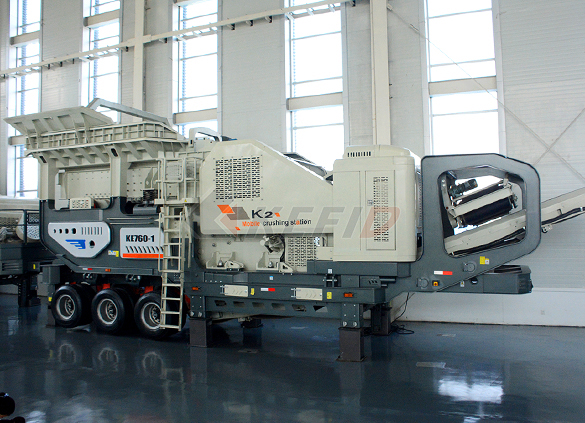
Primary mobile crushing plant
-
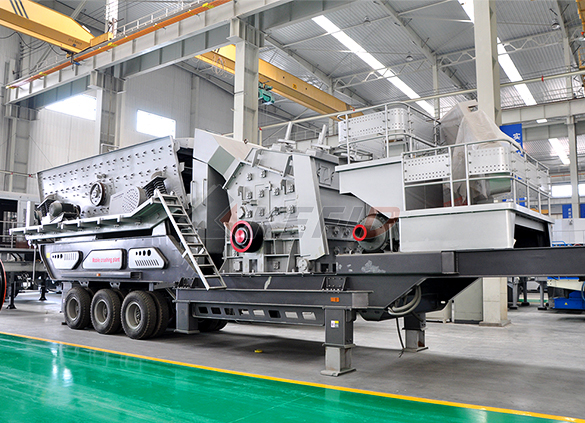
Independent operating combined mobile crushing station
-
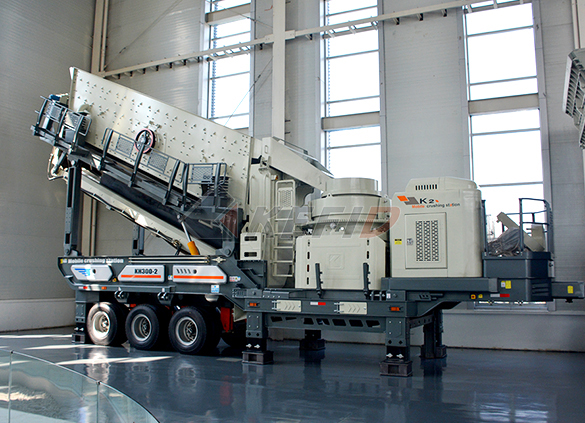
Mobile secondary crushing plant
-

Fine crushing and screening mobile station
-

Fine crushing & washing mobile station
-
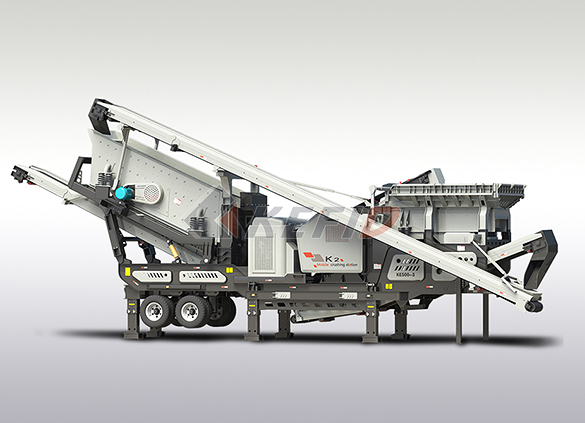
Three combinations mobile crushing plant
-
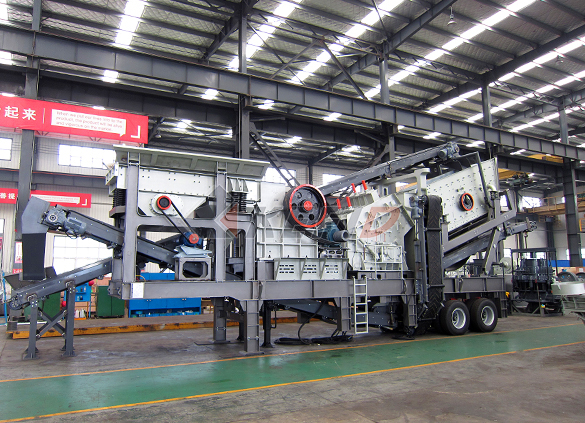
Four combinations mobile crushing plant
-
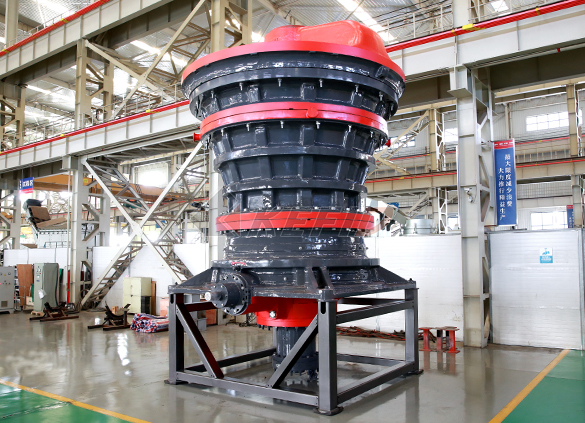
HGT gyratory crusher
-
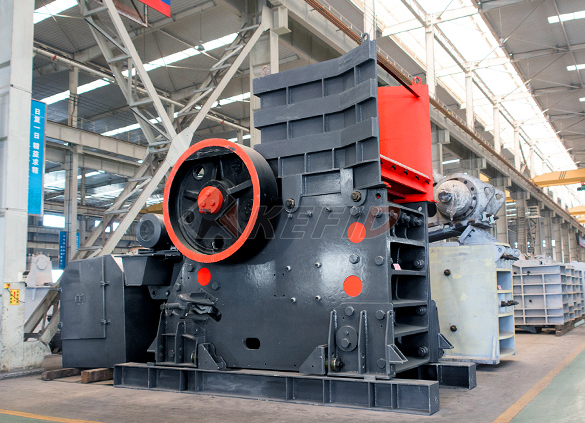
C6X series jaw crusher
-
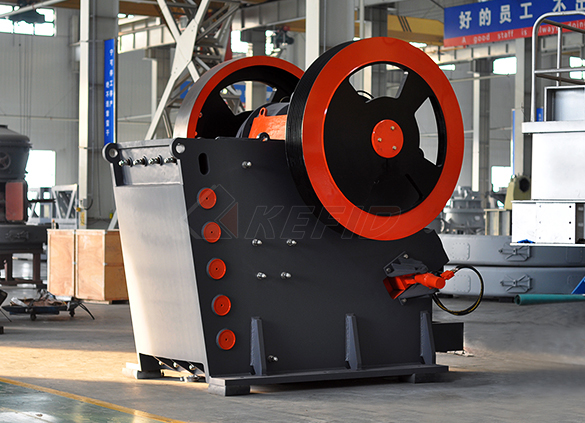
JC series jaw crusher
-
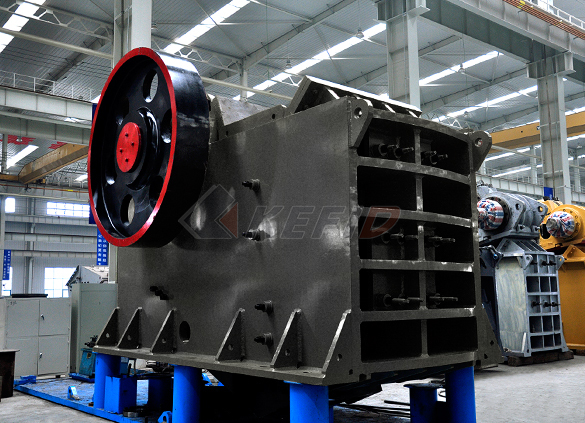
Jaw crusher
-
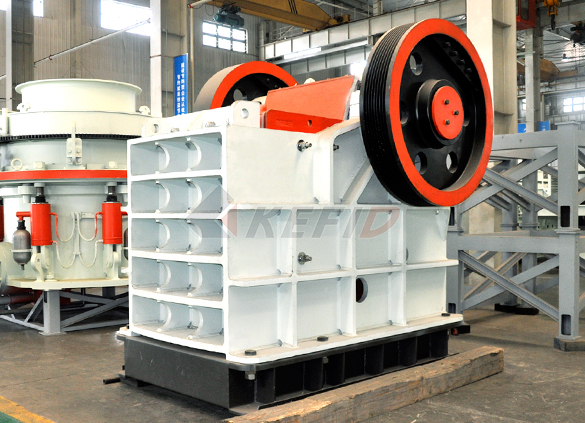
HJ series jaw crusher
-
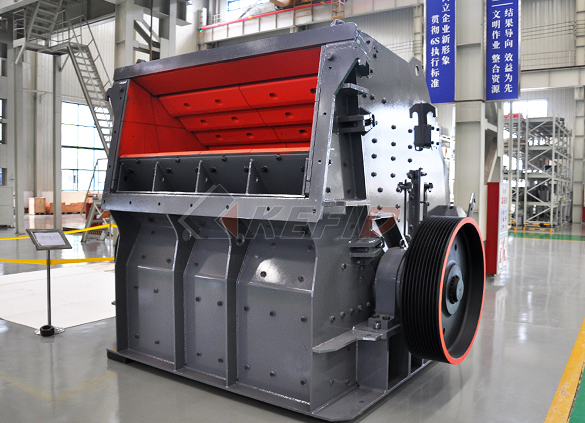
CI5X series impact crusher
-
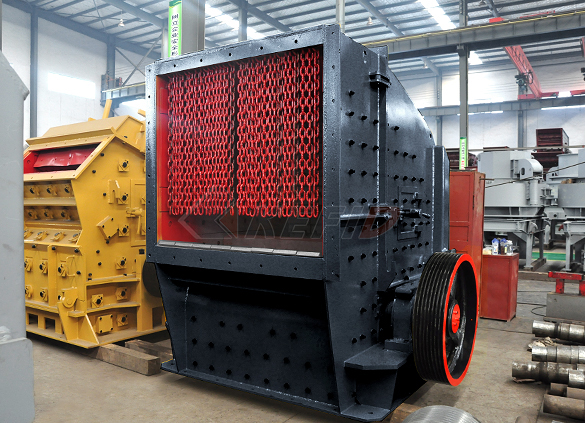
Primary impact crusher
-
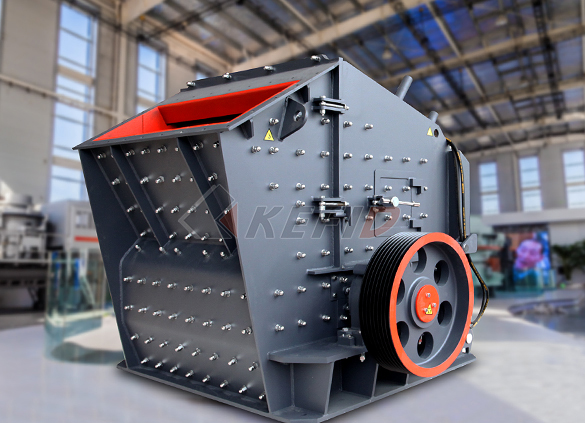
Secondary impact crusher
-

Impact crusher
-
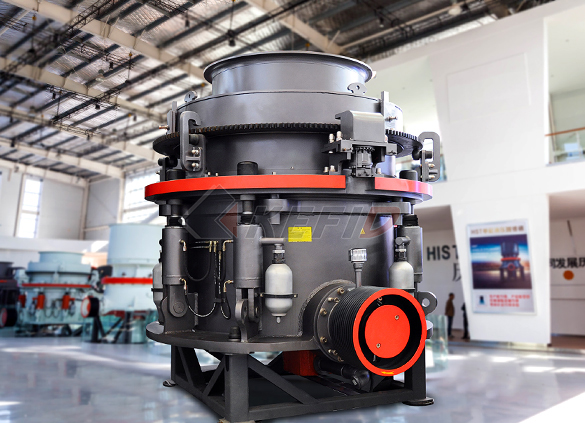
HPT series hydraulic cone crusher
-
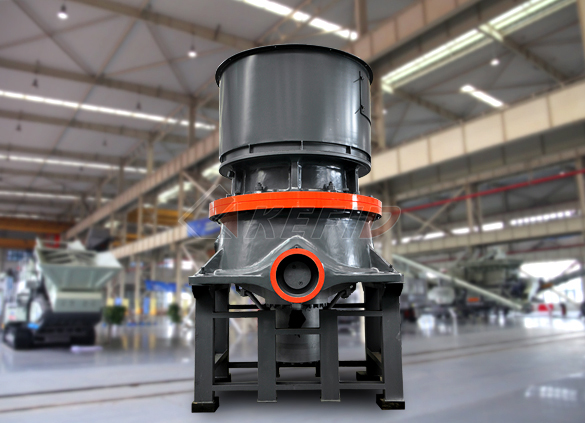
HST hydraulic cone crusher
-

CS cone crusher
-
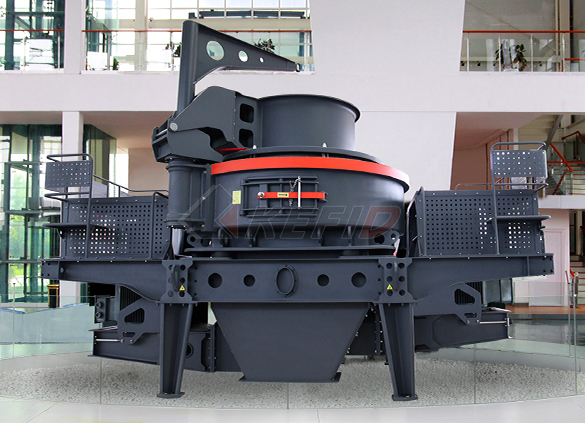
VSI6S vertical shaft impact crusher
-
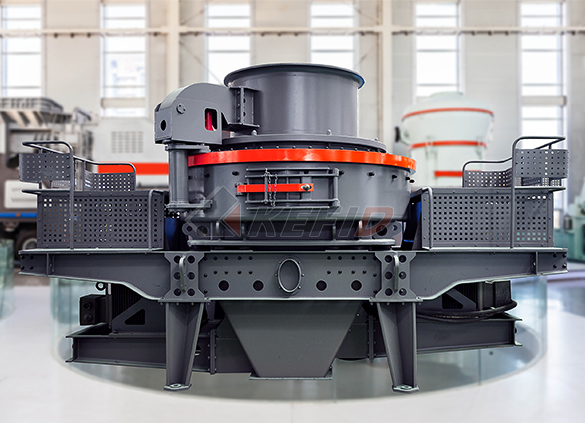
Deep rotor vsi crusher
-
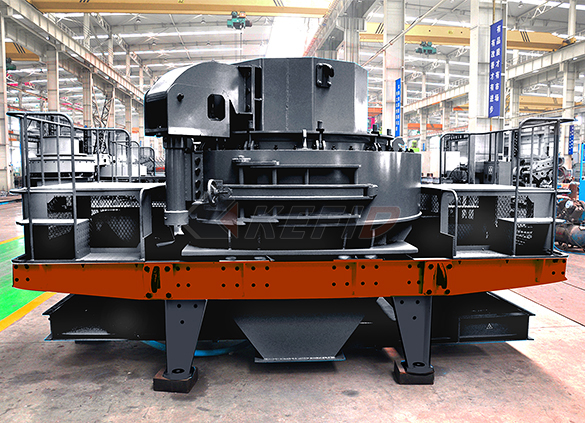
B series vsi crusher
-
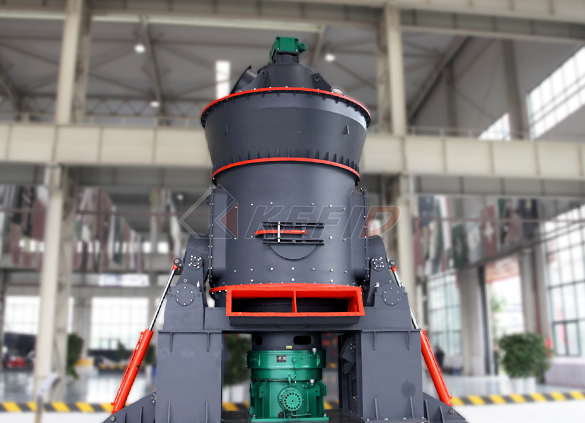
Vertical grinding mill
-
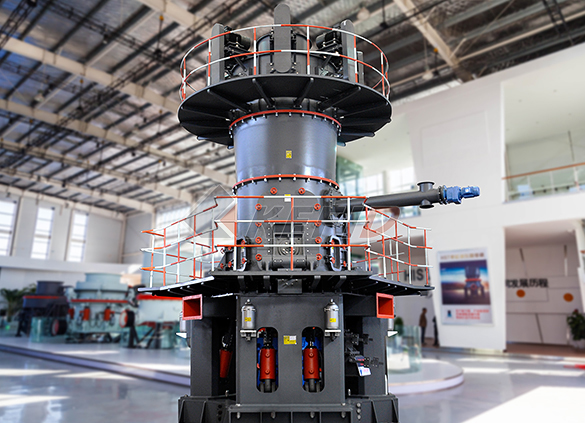
Ultra fine vertical grinding mill
-
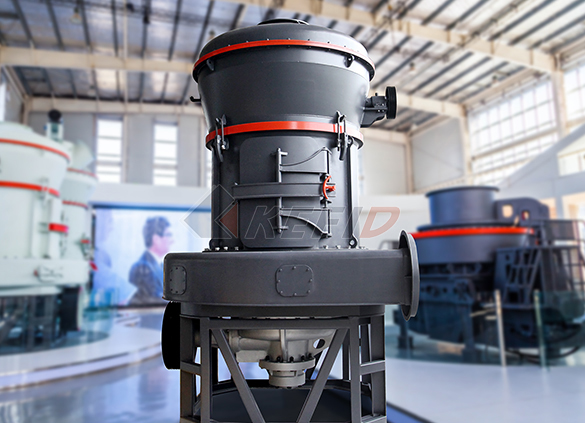
MTW european grinding mill
-

MB5X158 pendulum suspension grinding mill
-
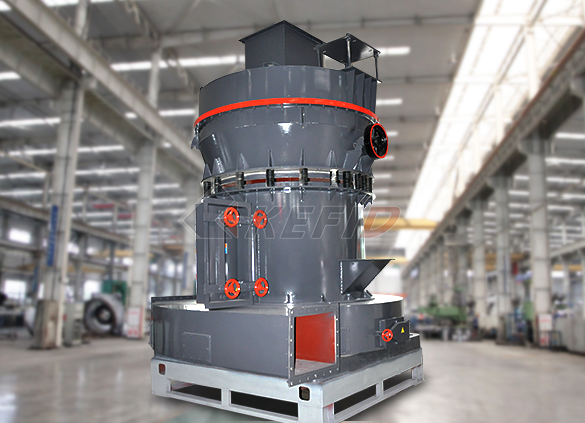
Trapezium mill
-
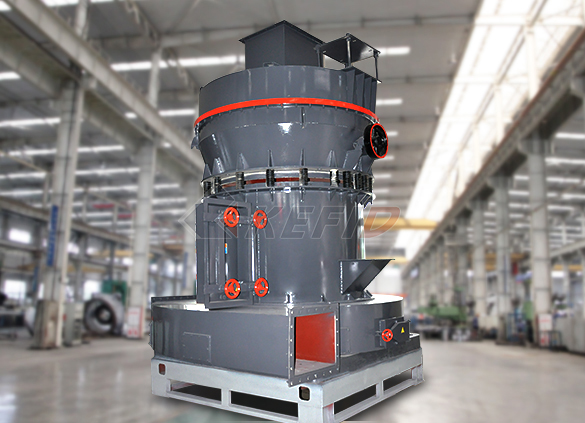
T130X super-fine grinding mill
-

Micro powder mill
-
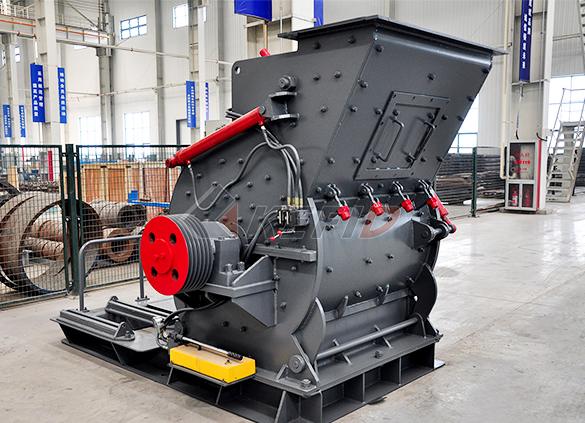
European hammer mill
-
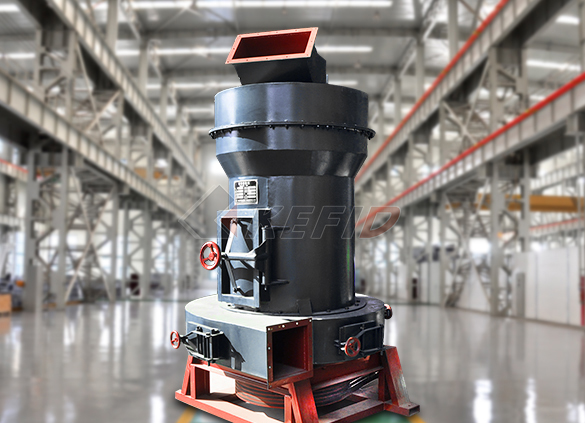
Raymond mill
-

Ball mill
-

GF series feeder
-

FH heavy vibrating feeder
-
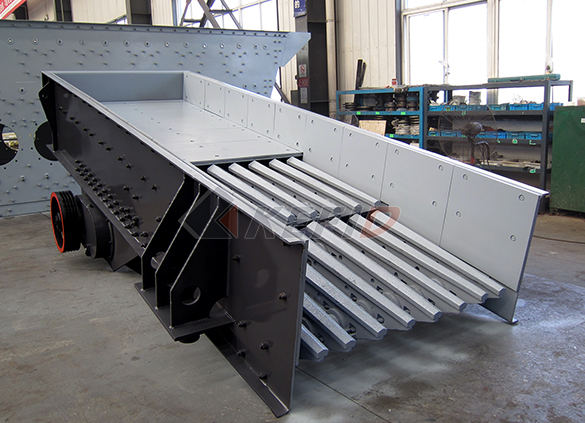
TSW series vibrating feeder
-

Vibrating feeder
-

Vibrating screen
-

S5X vibrating screen
-

Belt conveyor
-
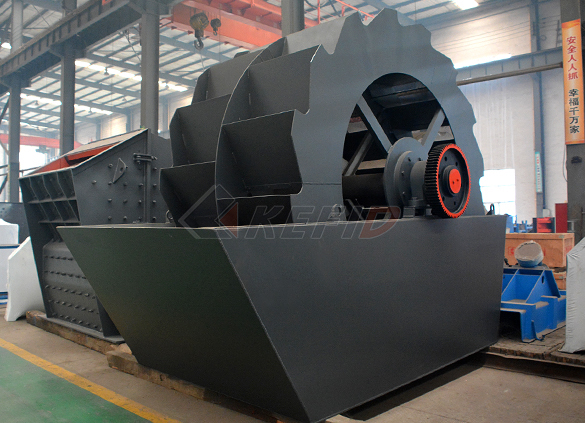
Wheel sand washing machine
-
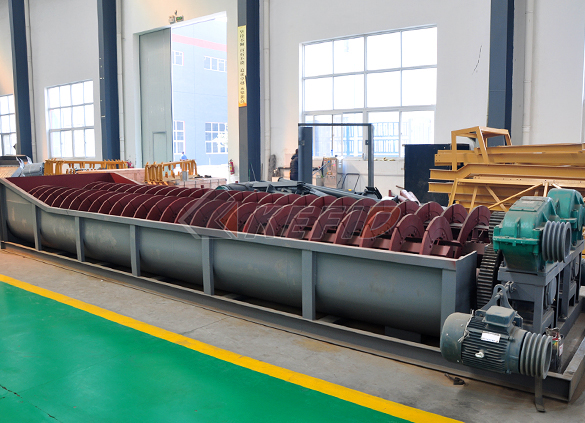
Screw sand washing machine
-
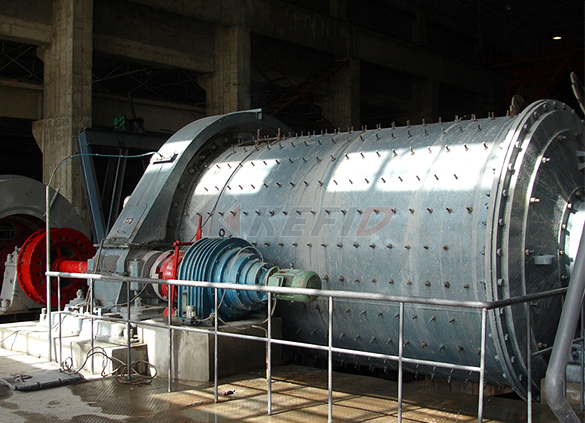
Rod mill
-

Dryer
-
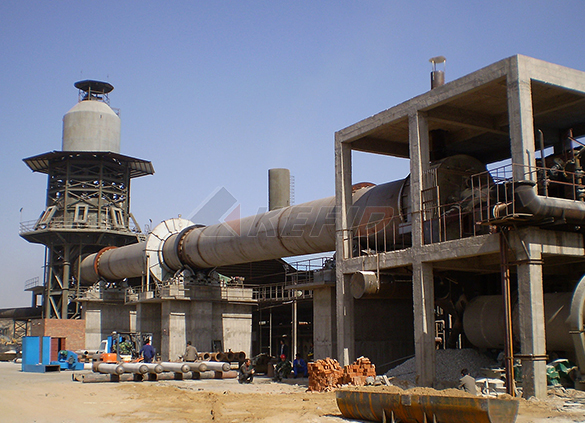
Rotary kiln
-

Wet magnetic separator
-
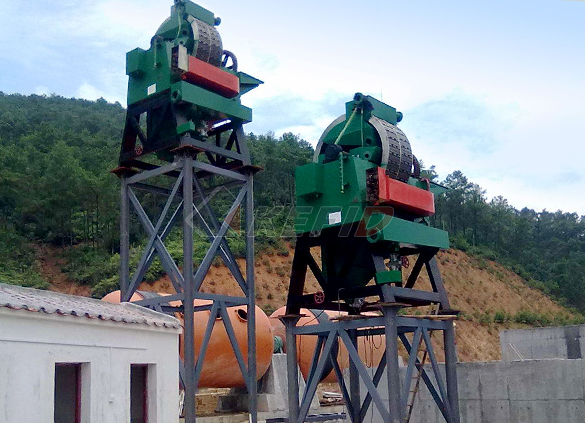
High gradient magnetic separator
-
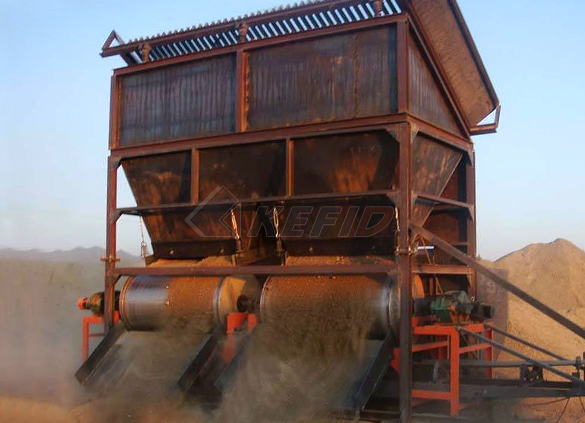
Dry magnetic separator
-

Flotation machine
-

Electromagnetic vibrating feeder
-
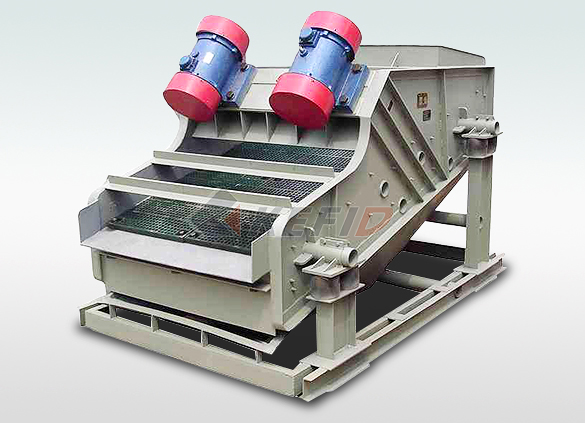
High frequency screen

Limestone Wikipedia
Limestone has numerous uses: as a building material, an essential component of concrete (Portland cement), as aggregate for the base of roads, as white pigment or filler in products such as toothpaste or paints, as a chemical feedstock for the production of lime, as a soil conditioner, and as a popular decorative addition to rock gardensCement clinker is a solid material produced in the manufacture of Portland cement as an intermediary product Clinker occurs as lumps or nodules, usually 3 millimetres (012 in) to 25 millimetres (098 in) in diameter It is produced by sintering (fusing together without melting to the point of liquefaction) limestone and aluminosilicate materials such as clay during the cement Cement clinker WikipediaChettinad cement is operating its cement business spanning three generations Chettinad Cement's modern, flexible manufacturing plant produces a wide range of cements assuring reliable performance, and providing consistent qualityChettinad cement Chettinad Group of Companies

CEMENT RAW MATERIALS International Cement Review
In addition, blended cements are produced by finely grinding Portland cement clinker with other constituents, such as blast furnace slag, natural pozzolanas ‡ , silica fume, metakaolin § , siliceous fly ash ** , calcareous fly ash, limestone fines and shaleLime Component Limestone: Common forms of calcium carbonate used as raw material for cement manufacturing are limestone and chalkLimestone is of predominantly fine grained crystalline structure, its hardness is between 18 to 30 of the Mohs scale of hardness and specific gravity 2 To 28 Limestone usually contains admixtures of clay substance or iron Raw materials for cement manufacturingCement is a fine powder, obtained from the calcination at 1,450°C of a mix of limestone, clay, and iron ore The product of the calcination process is clinker—the main ingredient of cement—that is finely ground with gypsum and other chemical additives to produce cementCement CEMEX

Cement Breedon Group
In addition to bulk cement, we also produce our own range of bagged cement products, which are available through builders merchants in the Midlands, northern, southern and southeast England To find our more about the full range of bagged cement, drymix concrete, mortar, sand, screed and render, visit our dedicated websiteCement Type Description Type IL PortlandLimestone Cement Type IS PortlandSlag Cement Type IP PortlandPozzonlan Cement Type IT Ternary Blended Cement In addition, some blended cements have special performance properties verified by additional testingCement Types Portland Cement Associationconstituents for cement (limestone and clay) are tak en from quarries in these areas Arise atoms dirt minute of crushing and milling operations and confused in addition to the dust (PDF) Cement Manufacturing ResearchGate
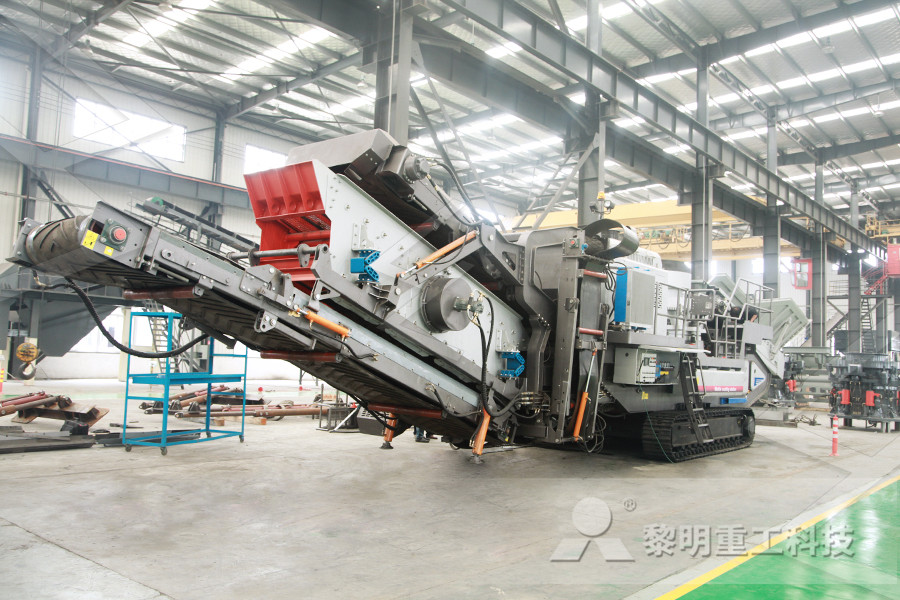
Bulk Cement Products Construction Materials CEMEX USA
Masonry Cement and Mortar Cement are a combination of Portland Cement, calcium sulfate, finely ground inert matter, and special chemical additives to provide enhanced workability and durability The primary use of these masonry cements is for the production of mortar used in masonry construction with brick, block, and veneer materialsNov 30, 2021 Cement Cement is the binding element in both concrete and mortar It is commonly made of limestone, clay, shells, and silica sand, with limestone being the most prevalent ingredient These materials are crushed and combined with other ingredients (including iron ore), and then heated to about 2,700 FThe Differences Between Cement, Concrete, and MortarArgos Type IL is a hydraulic, blended portlandlimestone cement that is more environmentally friendly than regular portland cements It has equal or better performance compared to Type I/II portland cement In addition to enhancing the physical properties of the concrete, s are often recycled byproducts of industrial processes By using Bulk cement Argos USA Cement and Ready Mix Concrete

Emissions from the Cement Industry State of the Planet
May 09, 2012 The primary component of cement is limestone To produce cement, limestone and other claylike materials are heated in a kiln at 1400°C and then ground to form a lumpy, solid substance called clinker; clinker is then combined with gypsum to form cement Cement manufacturing is highly energy and emissionsintensive because of the extreme heat Cement production is a thermal energy intensive process, The limestone from which it is made is calcium carbonate, and when this is heated it gives off carbon dioxide, and forms calcium oxide The kvalue for each addition differs depending on the type, on the concrete exposure conditions (frost, salt, sulphate, etc) Cement Production an overview ScienceDirect TopicsSometimes, effects similar to those achieved through the addition of admixtures can be achieved by altering the concrete mixturereducing the watercement ratio, adding additional cement, using a different type of cement, or changing the aggregate and aggregate gradation Five Functions Admixtures are classed according to functionChemical Admixtures Portland Cement Association

Birla Shakti
To make PPC, up to 35 % fly ash is added to the clinker in addition to Gypsum Three grades of cement (OPC 43, 53 and PPC) are manufactured and stored in silos Automatic roto packers are used are used to pack 50 KG of cement into HDPE bags They are delivered by rail and road Loose cement are filled in bulker and delivered by roadThe important amendments included: use of performance improvers for addition during clinker grinding stage, incorporation of requirement of chloride content for the cement used in structures other than prestressed concrete, permitting use of 25 kg, 10 kg, 5 kg, 2 kg and 1 kg bags for packing of cement, and requirements of packing cement for exportIS 269 (1989): Specification for Ordinary Portland Salah M El Haggar, in Environmental Solutions, 2005 Cement Industry The cement industry is one of the main industries necessary for sustainable development It can be considered the backbone for development The main pollution source generated from cement industry is the solid waste called cement bypass dust, which is collected from the bottom of the dust filterCement Industry an overview ScienceDirect Topics

Cut Carbon Toxic Pollution, Make Cement Clean Green
Jan 18, 2022 Cement is overwhelmingly made by burning fossil fuels like coal and petcoke in cement kilns — akin to large furnaces — to heat limestone (raw material) to very high temperatures (~2,640°F cement production were estimated at 829 MMTCO2 in 2000 7, approximately 34% of global CO 2 emissions from fossil fuel combustion and cement production In addition to combustionrelated emissions, cement production also is a source of processrelated emissions resulting from the release of CO2 during the calcination of limestoneCO2 Emissions Profile of the US Cement IndustrySinoZimbabwe Cement Company is the manufacturer of consistent high quality cement SinoZimbabwe manufactures and sell Portland Cement 325N (PC 15) , Masonry Cement 225X, Premium Cement 425R (CEM II –A–M) and Premium Cement 425N (OPC) OUR VAT NUMBER ADDRESS SinoZimbabwe Cement Company, P O Box 2038, Indiva SINOZimbabwe Cement Company Safety first No
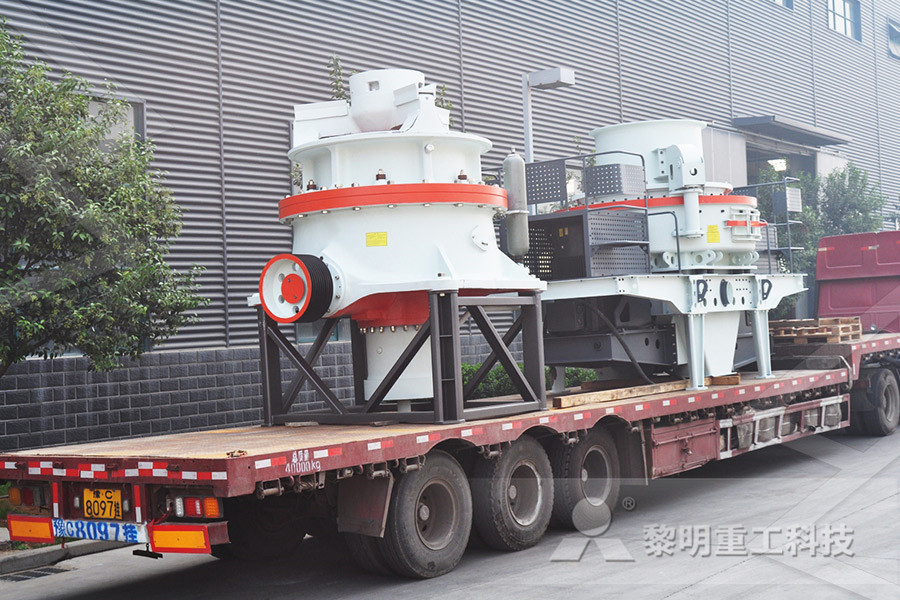
cement The major cements: composition and properties
cement cement The major cements: composition and properties: Portland cement is made up of four main compounds: tricalcium silicate (3CaO SiO2), dicalcium silicate (2CaO SiO2), tricalcium aluminate (3CaO Al2O3), and a tetracalcium aluminoferrite (4CaO Al2O3Fe2O3) In an abbreviated notation differing from the normal atomic symbols, these It owns eight cement plants across the united states and 27 cement terminals, in addition to two deep water import terminals In 2018, Ash Grove Cement is purchased by CRH Plc the largest building materials company in North America and the second largest worldwide https://ashgrove 7 Buzzi Unicem10 Largest Cement Companies in the USA The ConstructorJan 18, 2022 Cement is overwhelmingly made by burning fossil fuels like coal and petcoke in cement kilns—akin to large furnaces—to heat limestone (raw material) to very high temperatures (~2,640°F/1,500 o Cut Carbon and Toxic Pollution, Make Cement Clean and

Cut Carbon Toxic Pollution, Make Cement Clean Green
Jan 18, 2022 Cement is overwhelmingly made by burning fossil fuels like coal and petcoke in cement kilns — akin to large furnaces — to heat limestone (raw material) to very high temperatures (~2,640°F cement production were estimated at 829 MMTCO2 in 2000 7, approximately 34% of global CO 2 emissions from fossil fuel combustion and cement production In addition to combustionrelated emissions, cement production also is a source of processrelated emissions resulting from the release of CO2 during the calcination of limestoneCO2 Emissions Profile of the US Cement IndustrySinoZimbabwe Cement Company is the manufacturer of consistent high quality cement SinoZimbabwe manufactures and sell Portland Cement 325N (PC 15) , Masonry Cement 225X, Premium Cement 425R (CEM II –A–M) and Premium Cement 425N (OPC) OUR VAT NUMBER ADDRESS SinoZimbabwe Cement Company, P O Box 2038, Indiva SINOZimbabwe Cement Company Safety first No

cement The major cements: composition and properties
cement cement The major cements: composition and properties: Portland cement is made up of four main compounds: tricalcium silicate (3CaO SiO2), dicalcium silicate (2CaO SiO2), tricalcium aluminate (3CaO Al2O3), and a tetracalcium aluminoferrite (4CaO Al2O3Fe2O3) In an abbreviated notation differing from the normal atomic symbols, these It owns eight cement plants across the united states and 27 cement terminals, in addition to two deep water import terminals In 2018, Ash Grove Cement is purchased by CRH Plc the largest building materials company in North America and the second largest worldwide https://ashgrove 7 Buzzi Unicem10 Largest Cement Companies in the USA The ConstructorJan 18, 2022 Cement is overwhelmingly made by burning fossil fuels like coal and petcoke in cement kilns—akin to large furnaces—to heat limestone (raw material) to very high temperatures (~2,640°F/1,500 o Cut Carbon and Toxic Pollution, Make Cement Clean and

Home Arabian Cement
Arabian Cement Company (ACC) is a fully integrated cement plant and a leading cement producer and seller in Egypt The company was founded in 1997, and among the leading cement producers in Egypt An Egyptian company dedicated to serving our customers and spare no effort in implementing the latest technologies for operationsApr 03, 2020 Cement production begins with limestone, a sedimentary rock Once quarried, it is mixed with a silica source, such as industrial byproducts slag or fly ash, and gets fired in a kiln at 2,700 degrees Fahrenheit What comes out of the kiln is called clinker Cement plants grind clinker down to an extremely fine powder and mix in a few additivesExplained: Cement vs concrete — their differences, and C25 Test Methods for Chemical Analysis of Limestone, Quicklime, and Hydrated Lime cement and water, with or without aggregate, dashed onto the addition of and mixing with water to produce plaster 3214 fiber, natural or synthetic—an elongated fiber orStandard Specification for Application of Portland
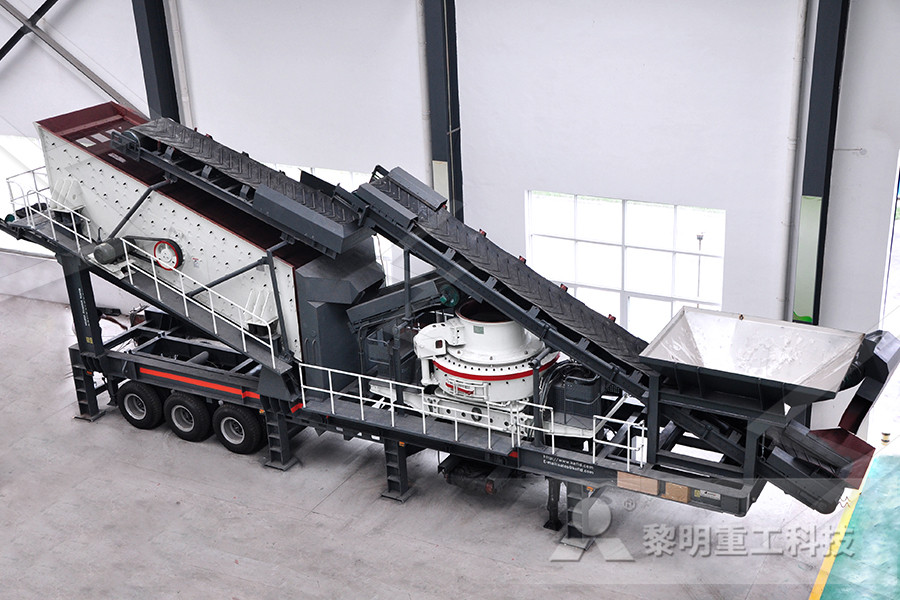
PB Materials: Concrete, Ready Mix, Cement, Paving, Aggregate
This allows for lower transportation cost, timely deliveries and better customer service In addition, the combined management teams have over 200 years of industry and product knowledge 1 million safe work hours No lost time injuries June 18th 2018 September 15th 2019Before Portland cement was discovered, and for some years afterward, large quantities of natural cement were used, which were produced by burning a naturally occurring mixture of lime and clay Because the ingredients of natural cement are mixed by nature, its properties vary widely Modern Portland cement is manufactured to detailed standardsThe History of Concrete InterNACHI®Hydraulic lime (HL) consists of lime and other materials such as cement, blast furnace slag, limestone filler or other materials that change the properties of the binder The additives do not have to be declared which is legally different to natural hydraulic lime The addition of hydrated lime or lime putty can improve the plasticity but Natural Hydraulic Lime Supplier NHL2 NHL35 NHL5